Decorating with house plants. Take a home tour of 12+ different house plants and learn easy plant care tips.
I love cooler temps, changing leaves and all the activities that come with fall, but I'm having difficulty getting into the
fall decorating mood. Can anyone else relate?
I may add a collection of pumpkins outside and a
few dried botanicals inside, but I'm seriously thinking of skipping straight to Halloween.
So before I get too deep into
Halloween decorating, I thought I would share a little house plant tour and simple plant care tips for beginners. I'm still very new to being a plant mama, but I have learned a few things since adding various plants to my home.
It's taken a bit of trial and error and moving plants around to find what makes them grow and thrive the best, but I'm happy to say, I haven't killed a house plant yet.
Scientific name: Zamioculcas zamiifolia
If you're looking for an easy-to-care-for, low-maintenance house plant then a
ZZ plant is the plant for you! They can tolerate low light and thrive on infrequent watering. It's important not to overwater a ZZ plant and allow the soil to dry out between waterings.
Scientific name: Sansevieria Laurentii
I have multiple different Snake plants in my home and love how low-maintenance they are. Just like
ZZ plants, they tolerate low light (they do prefer indirect light), are forgiving to neglect and are perfect for beginners. There are over 70 varieties of snake plants, so if you love this style of plant then there are plenty of variations to choose from.
The snake plant can grow anywhere from 6" to 12' tall, making it an ideal plant for adding height. I like to use mine as decor on tables and in baskets next to a chair or piece of furniture.
Scientific name: Epipremnum aureum
I'm sure everyone already knows about Pothos. They're probably the most common and hardiest house plant, they tolerate low light and are very forgiving to infrequent watering. Their roots can grow in soil or water and they are the
easiest plant to propagate.
Scientific name: Ficus lyrata
I
was always so intimidated by Fiddle Leaf Figs that for so long I opted to buy faux fiddles over the real deal. Eventually, I picked up a $20 tree from Home Depot and I was hooked. I've had my Fiddle Leaf for a few years, and somehow, I've managed to keep it alive. It's still in the original grow pot, I water it once a week and give it a lot of sunlight.
TIP: Fiddle Leaf Figs love direct sunlight and do best when placed in front of a window. Mine is placed about 6 feet from a north-facing window and it's been doing great. Wipe leaves with a damp cloth to remove dust and allow leaves to receive optimal sunlight.
Scientific name: Microsorum pustulatum
The Kangaroo fern is probably my favorite fern and the only one I've been able to keep happy and healthy. Ferns are a little more high maintenance and require more attention and watering. Watering your fern once a week and misting regularly should keep it happy.
TIP: Kangaroo Ferns can tolerate low lighting, but will be very slow growing (like mine). Place fern near a north-facing window (avoid the hot sun of a south-facing window) to encourage faster and fuller growth.
Scientific name: Senecio rowleyanus
I was very hesitant to buy a
String of Bananas, plant but I was determined to replace some of my favorite faux trailing plants with real plants.
I keep my plant by my kitchen sink where it gets a lot of north-facing sunlight. I water it about once every two weeks and it seems to be very happy with a lot of new growth.
TIP: For optimal growth, choose well-draining soil, lots of light (6+.hours) and allow the soil to completely dry out between waterings.
TIP: Wood risers are perfect for adding height for trailing plants and for helping smaller plants seem larger/taller.
Scientific name: Fittonia
I have two
white nerve plants in my house and although they're easy to care for, they definitely require a bit more attention. Their leaves will shrivel and dry up if they're getting too much sun and if they're lacking water they will wilt and droop. Luckily, they bounce back to life pretty quick with a healthy dose of water.
Scientific name: Philodendron hederaceum
My little
heart leaf philodendron has been a great addition to layer and pair with other larger house plants. It's a slow grower, does well in low light areas and is very low maintenance.
Scientific name: Ficus benghalensis
I wanted an
Audry Ficus for a long time and finally thought I found a place for one in my new
vintage modern office. Unfortunately, it wasn't very happy there, so I moved it to my kitchen where it gets tons of indirect north-facing sunlight. It's even starting to sprout some new leaves!
Scientific name: Ficus microcarpa
I had high hopes of having a
Ficus Moclame in my
office, but just like the
Audry Ficus, it wasn't happy. Its leaves were dropping and turning yellow, so I moved it out to my entry table where it receives a lot of south-facing indirect sunlight.
TIP: Ficus Moclame plants don't like change, so It's common for them to drop leaves after you bring them home or move them within your house. If this happens, give your plant plenty of sunlight, keep it away from cold drafts and avoid moving it within your home once it's happy.
Scientific name: Pilea peperomioides
This
Chinese Money plant was one of my first plants and a definite favorite. It prefers bright indirect light, weekly watering and if it's happy will spout lots of baby plants, which are super
easy to propagate.
TIP: Chinese Money Plants are prone to becoming leggy, which is usually a result of the plant not receiving adequate light. If this happens, you can encourage new growth by moving your plant to an area with lots of bright indirect light.
Scientific name: Philodendron bipinnatifidum
I bought a
Tree Philodendron for my bedroom and even though it prefers part shade and indirect sunlight, it was not happy in my north-facing dark room. It was pretty dead when I moved it outside this spring and within a few weeks, it bounced back and has been thriving on the back deck. I'll move it back inside once the weather drops and hopefully, it will be just as happy in my living room.
TIP: Too much direct sun will cause yellow sunburn leaves. Be careful not to keep them in full sun and place them in an area that offers them time in the shade.
Scientific name: Aglaonema nitidum
I have two
Silver Bay plants and both are thriving in moderate lighting conditions. They're a fantastic plant option for low lighting conditions, only require once a week watering and their silver variegated leaves make a fun addition to a space.
TIP: If leaves on your Silver Bay plant are turning yellow then chances are you're overwatering your plant. Cut back on watering and allow the soil to be dry to the touch before watering.
I still have a lot to learn and as I mentioned, keeping my plants happy and healthy has been a lot of trial and error.
Watching my plants thrive and grow has created such a sense of accomplishment though and I encourage those with the blackest thumbs to give a few house plants a try.
House Plants that are great for beginners

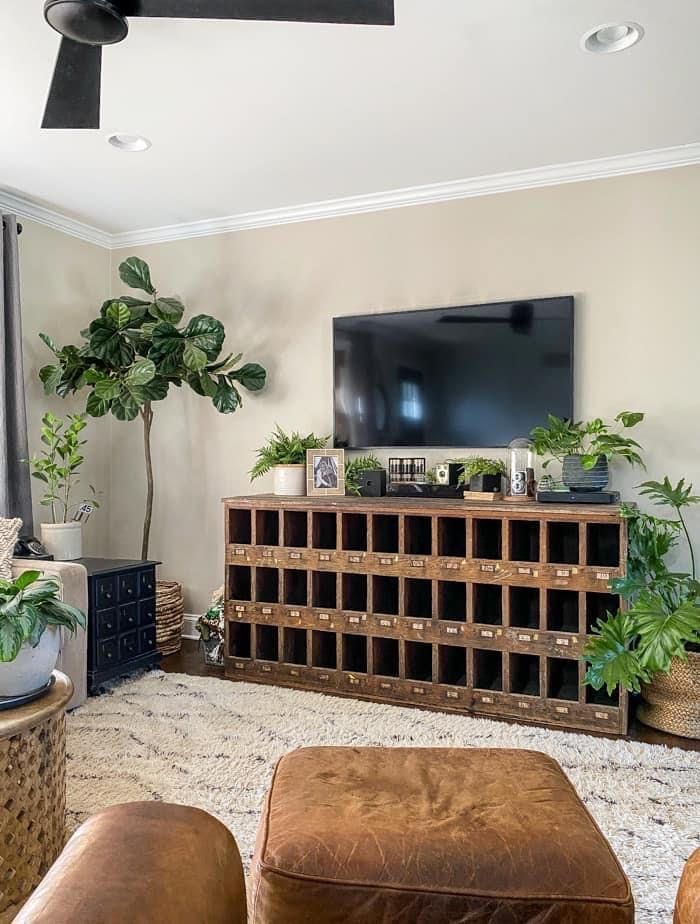


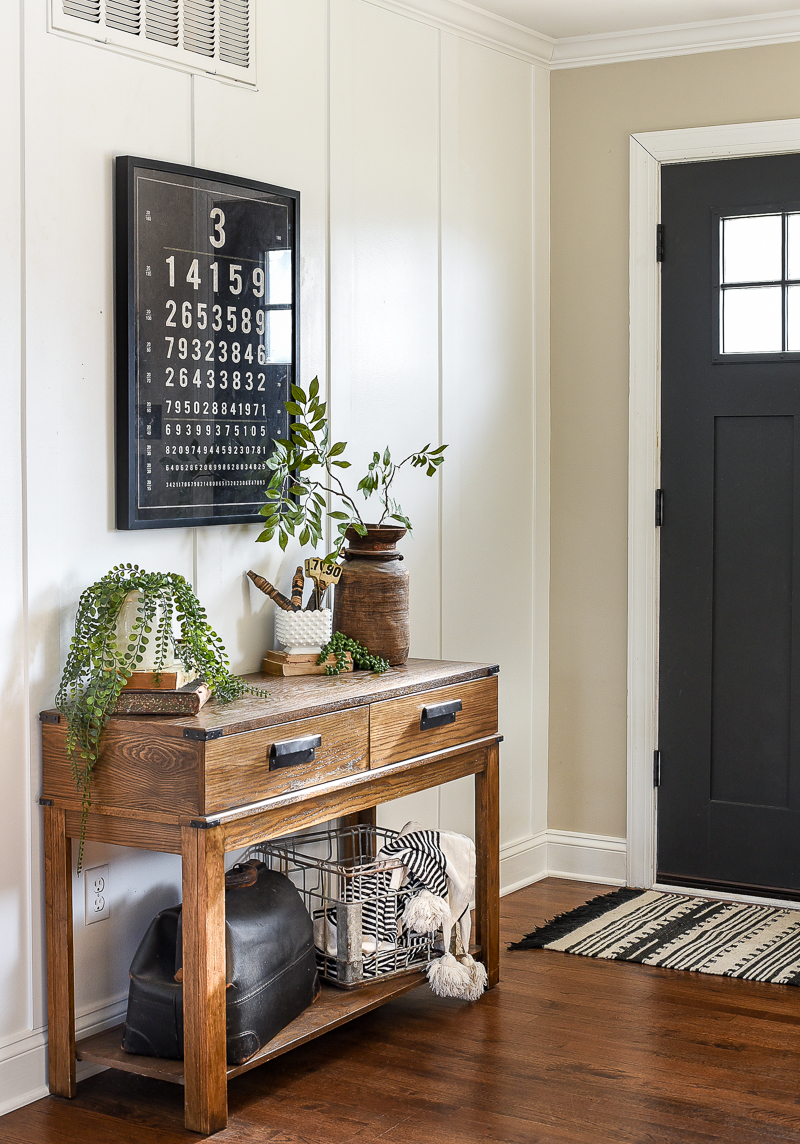
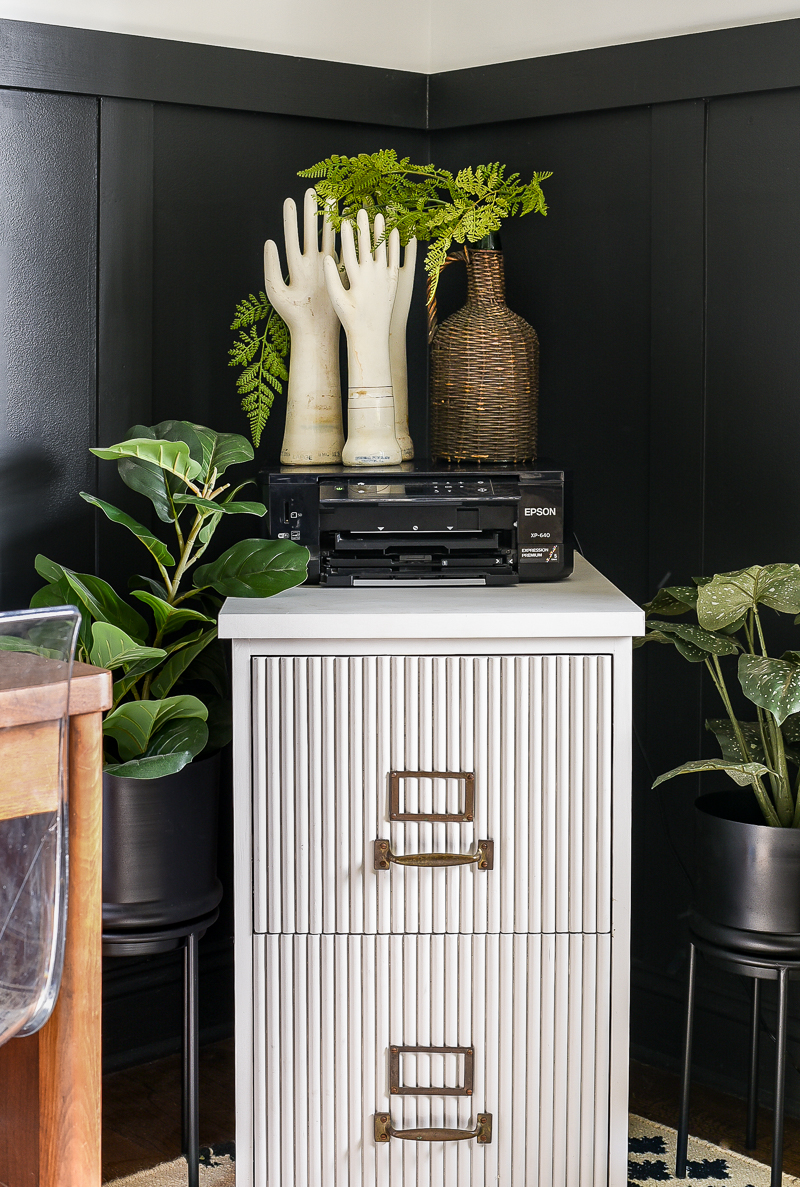
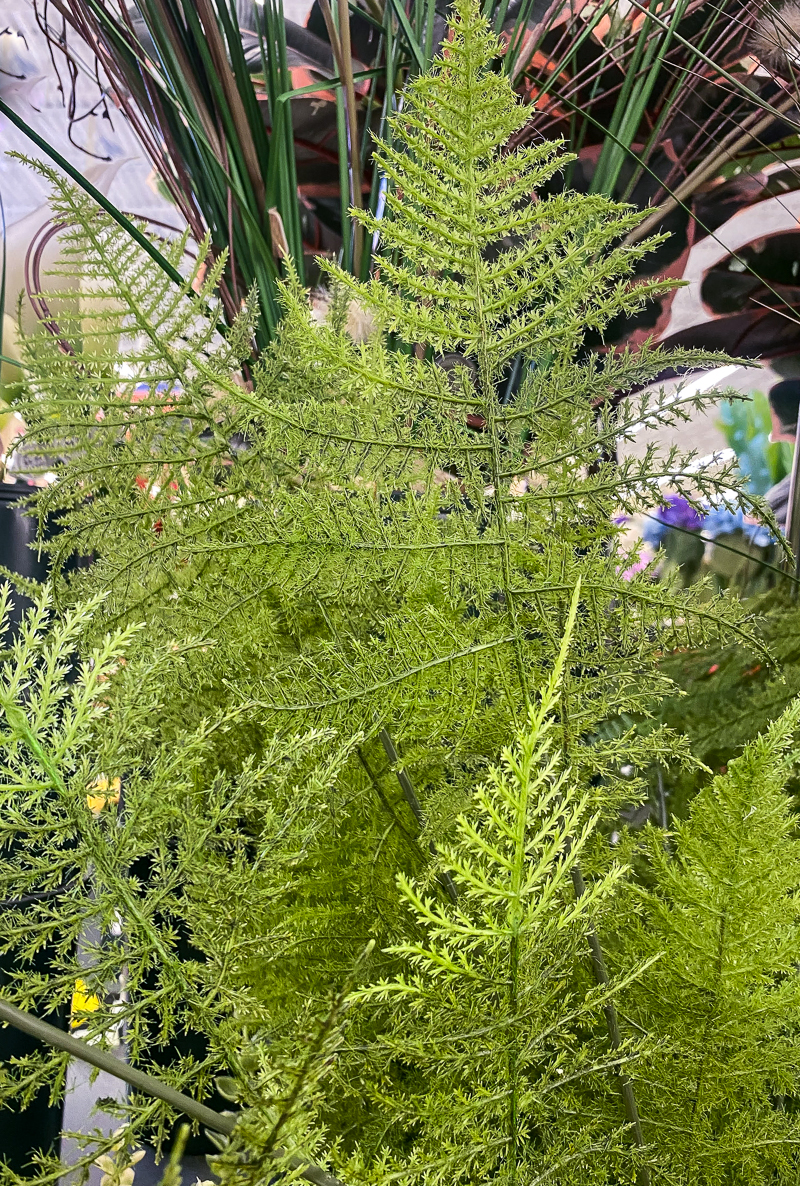


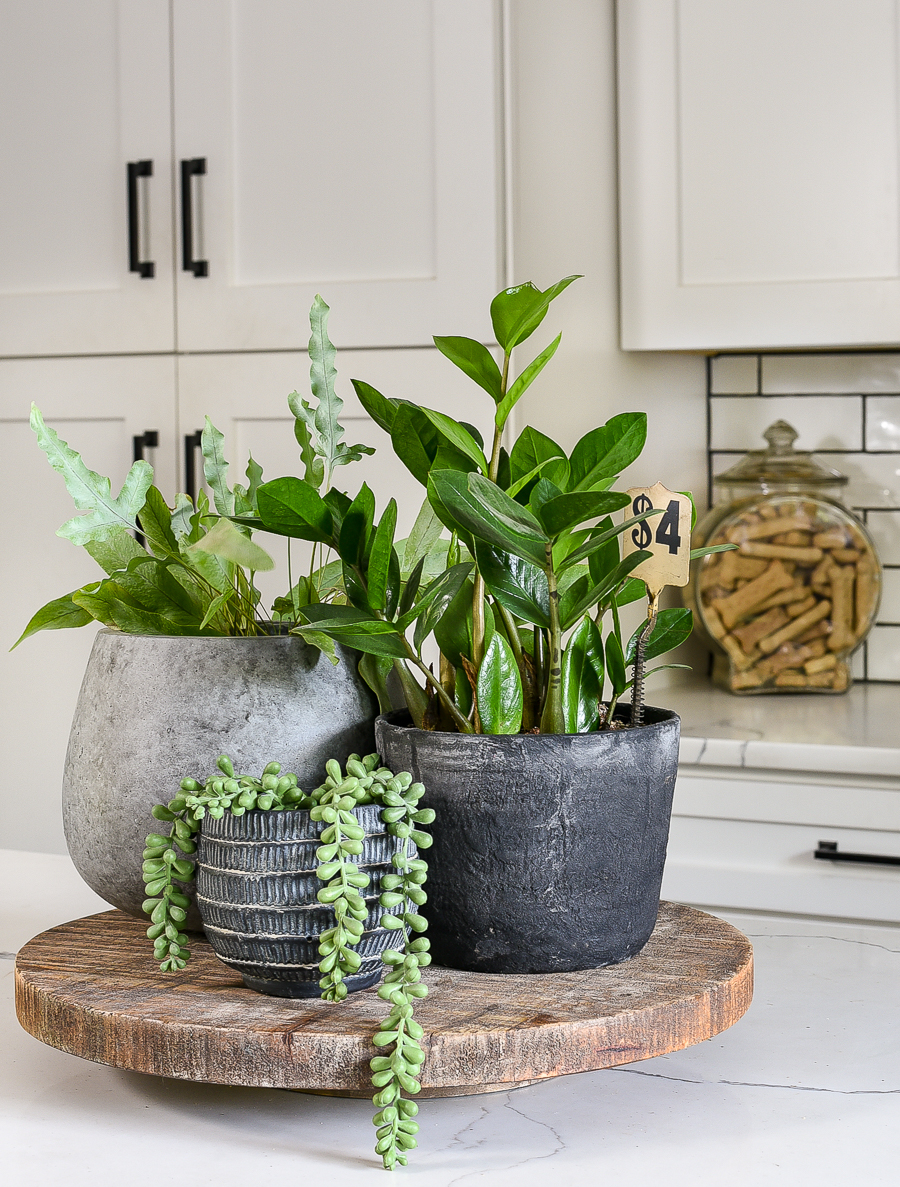






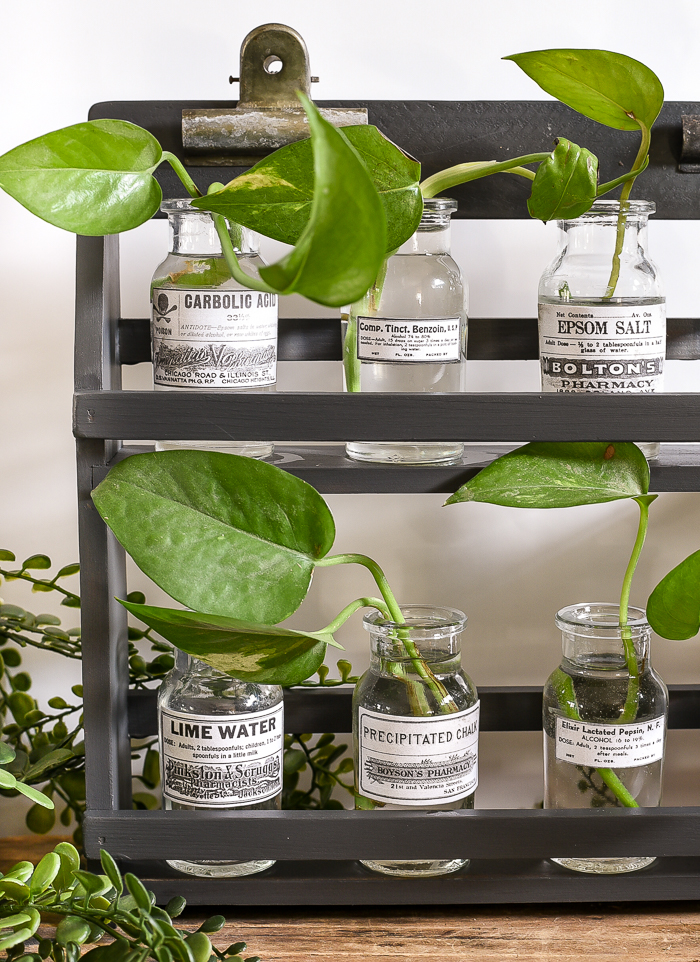
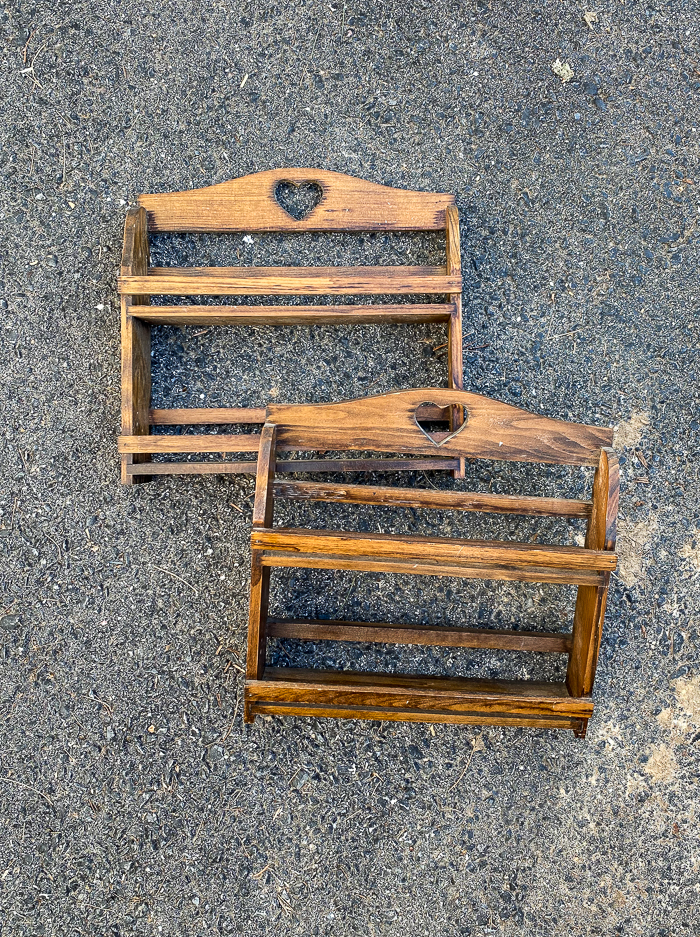
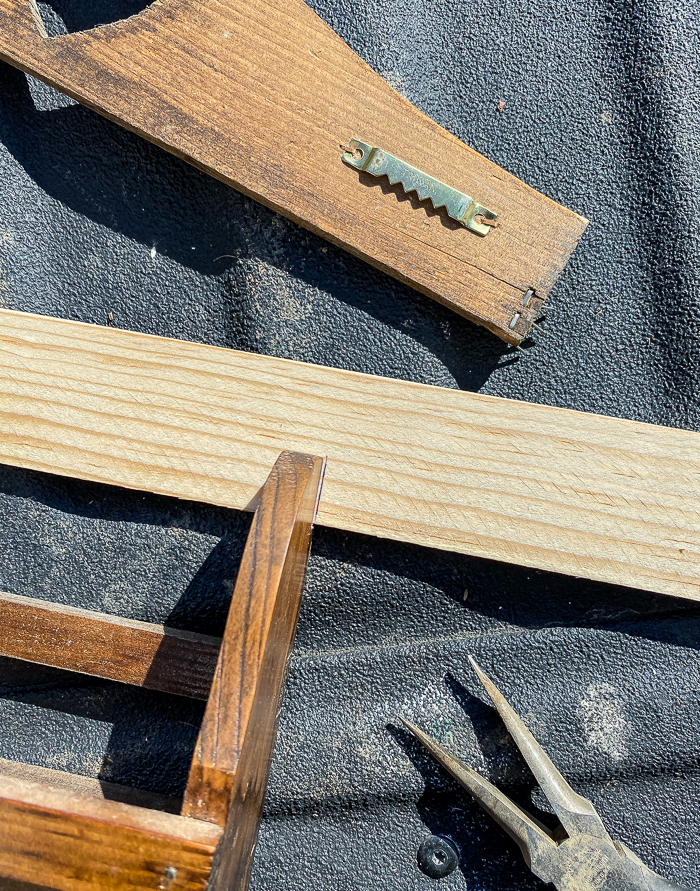
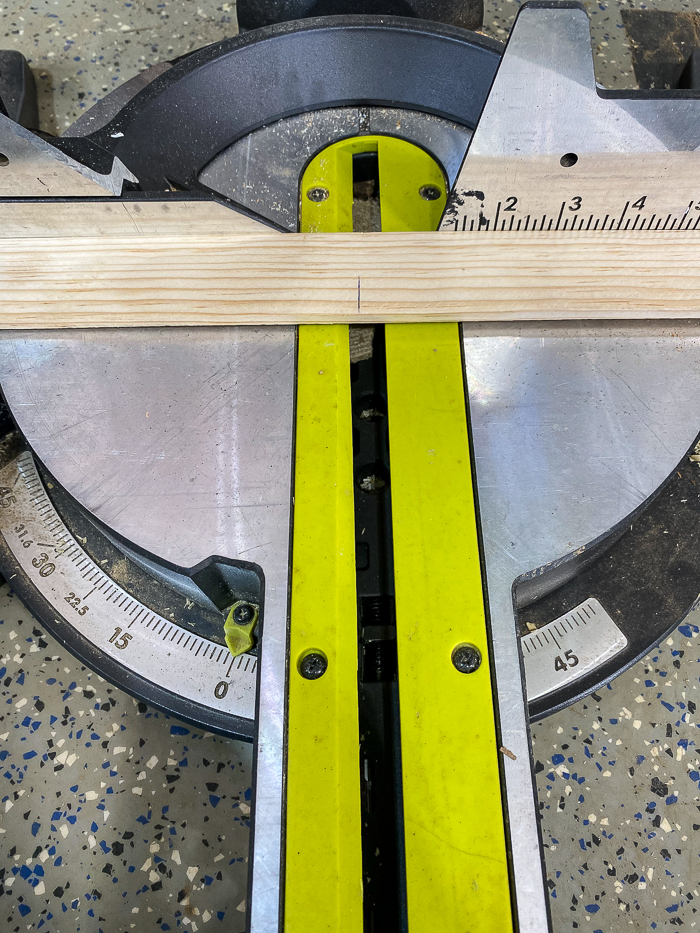
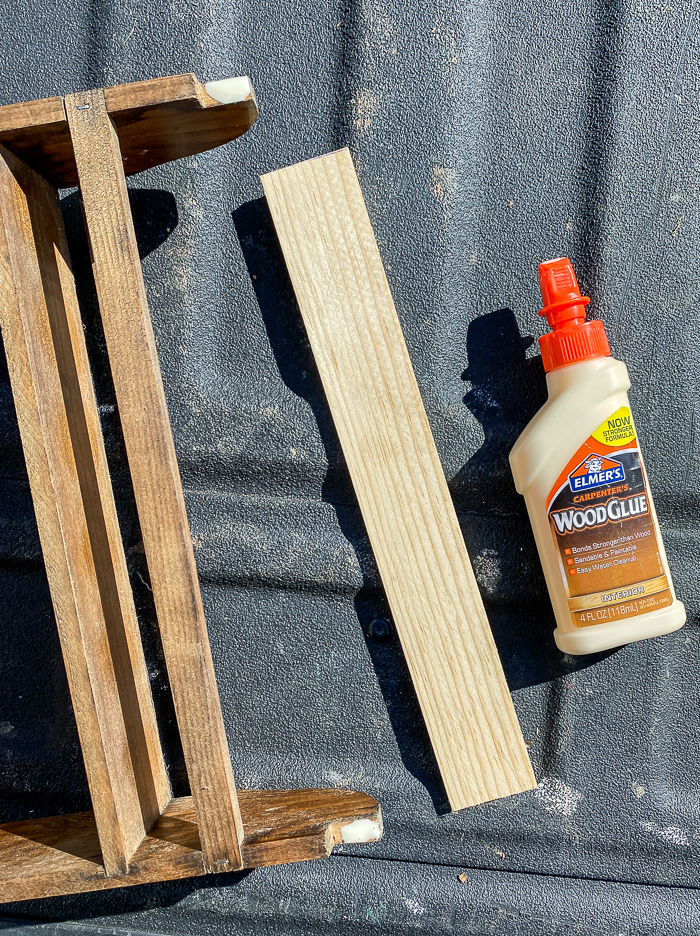



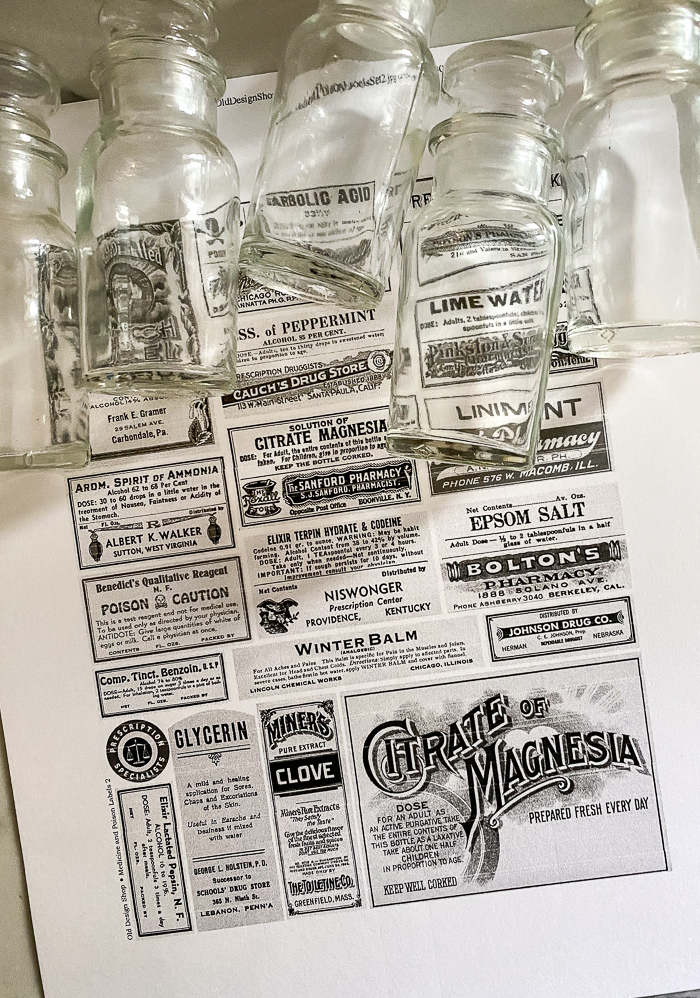


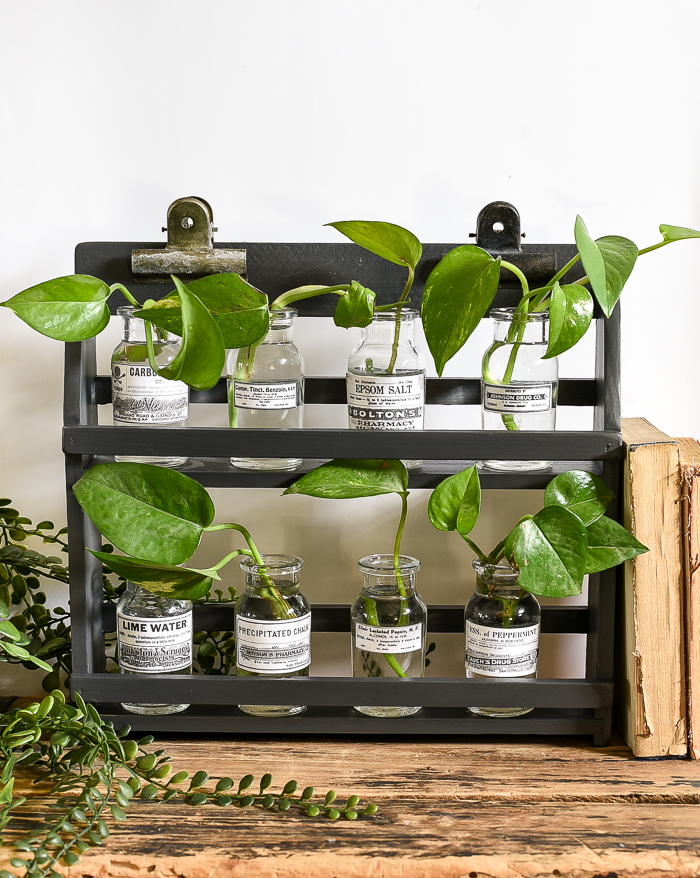

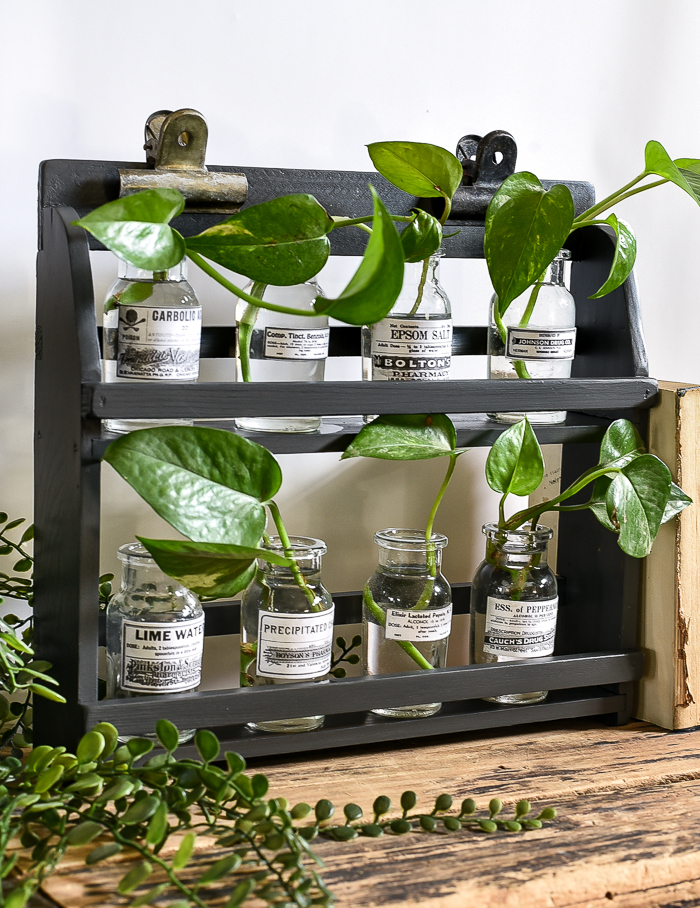

.png)

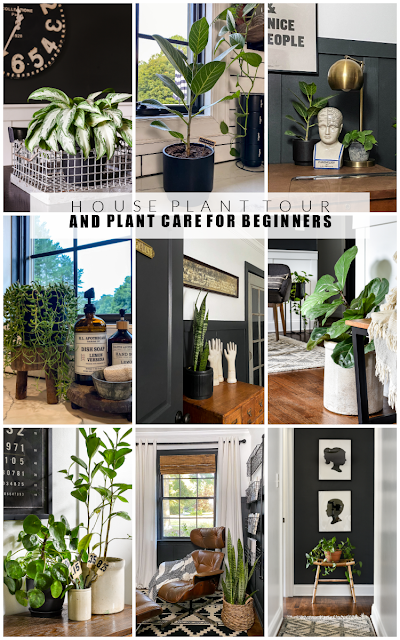




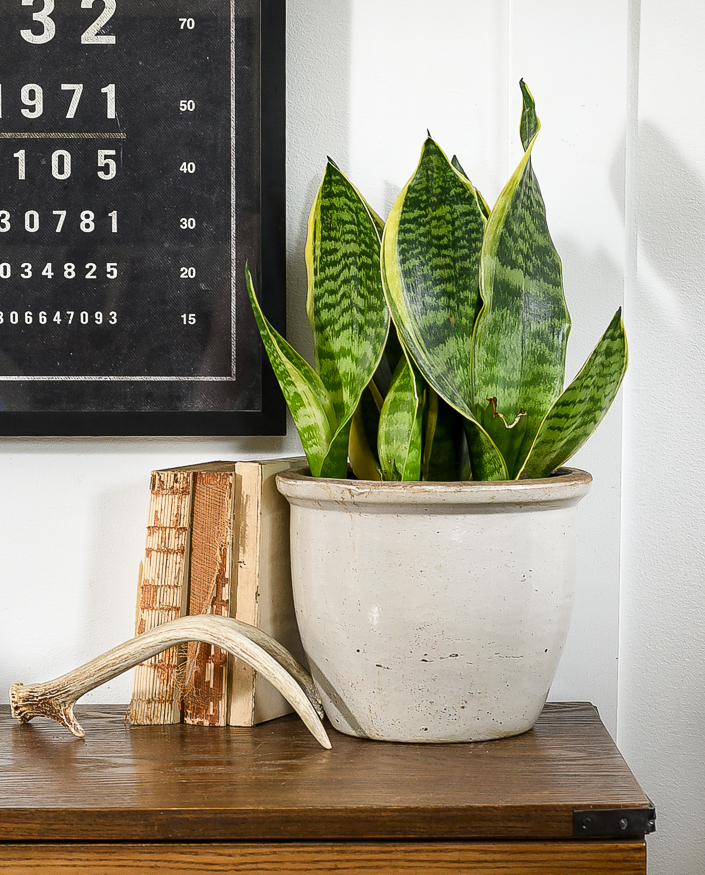
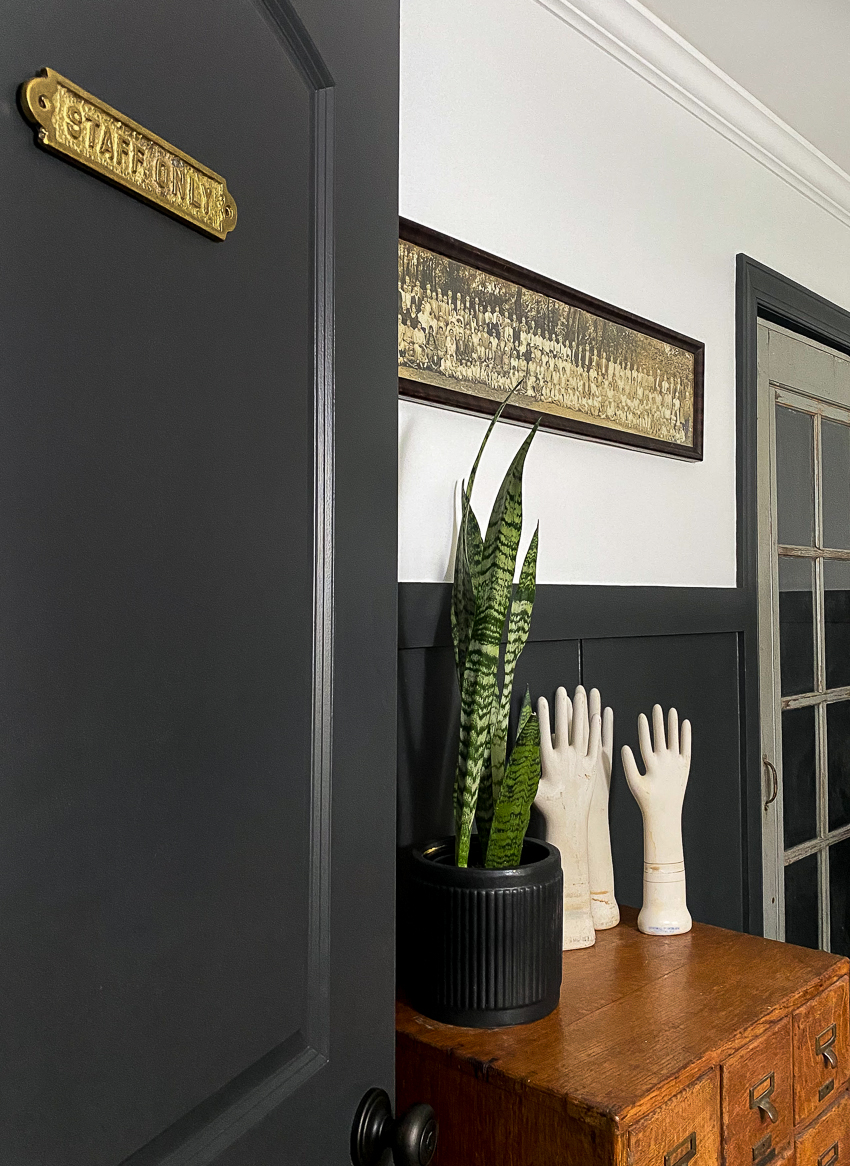


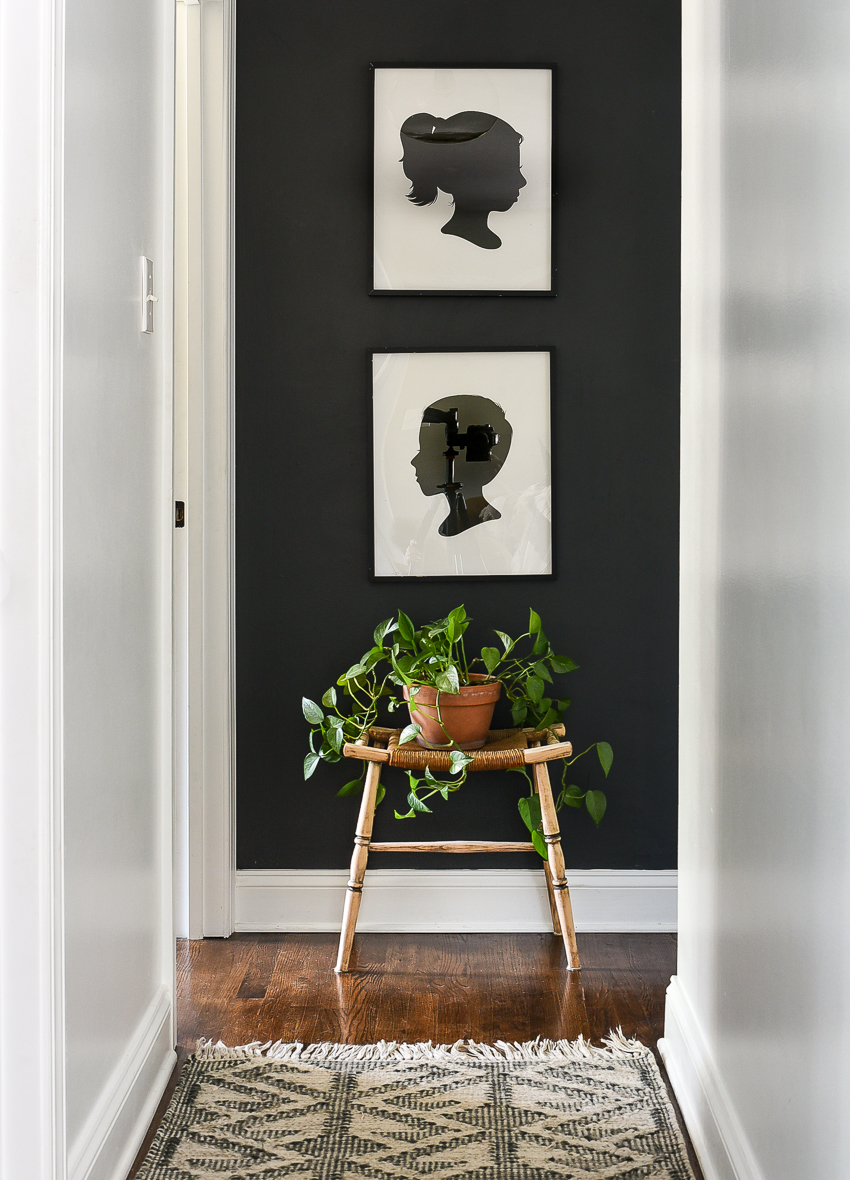

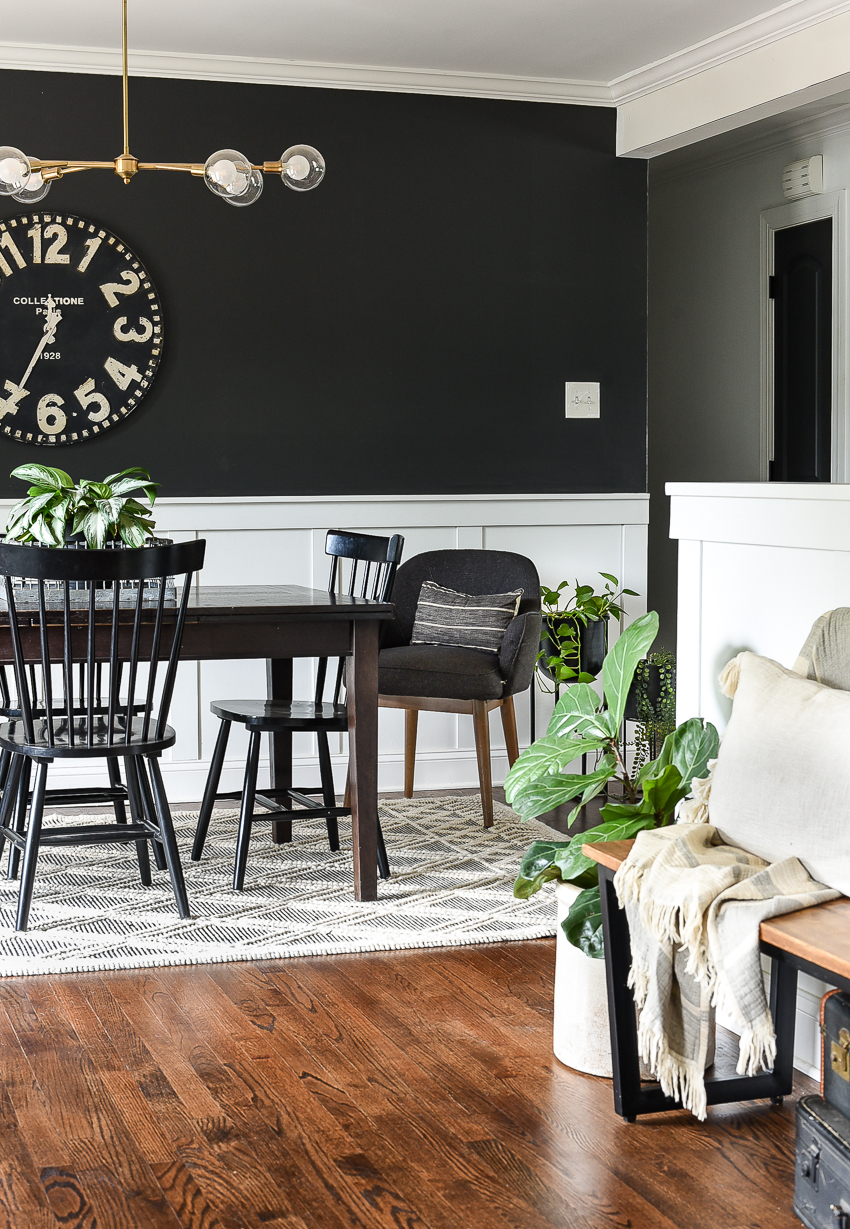

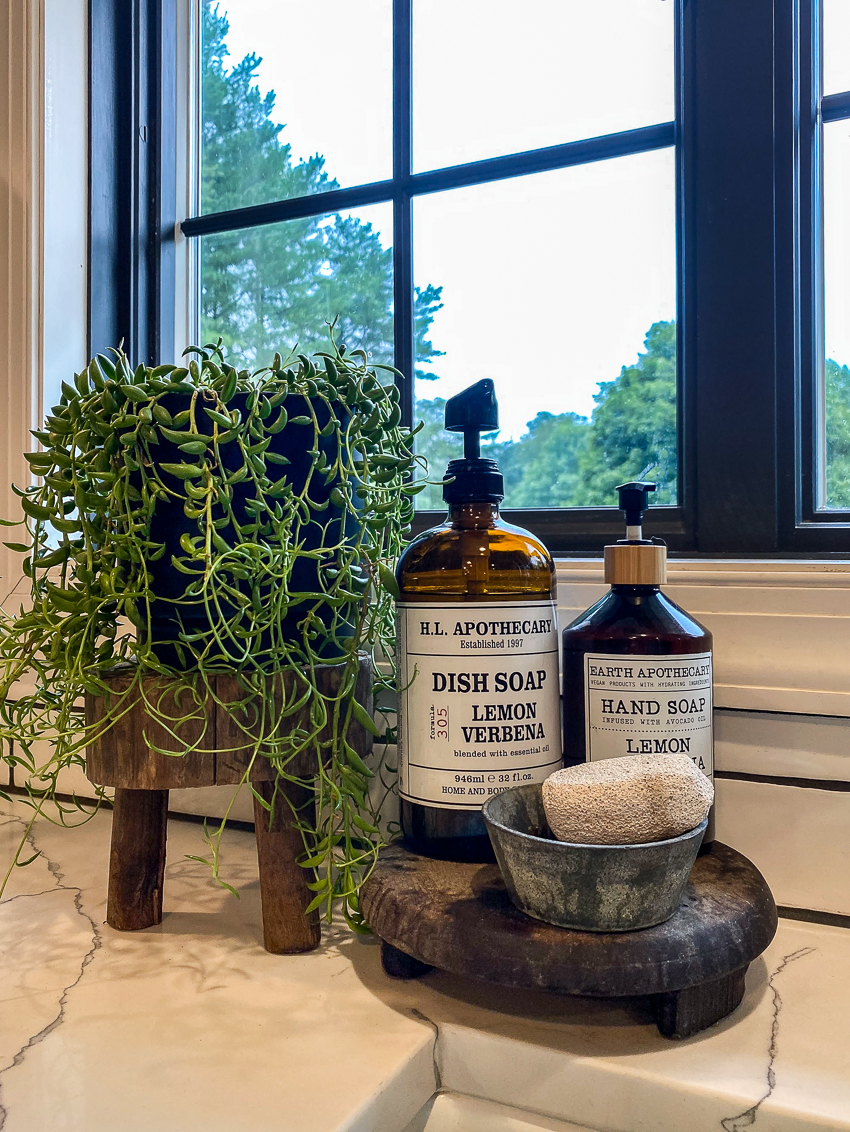
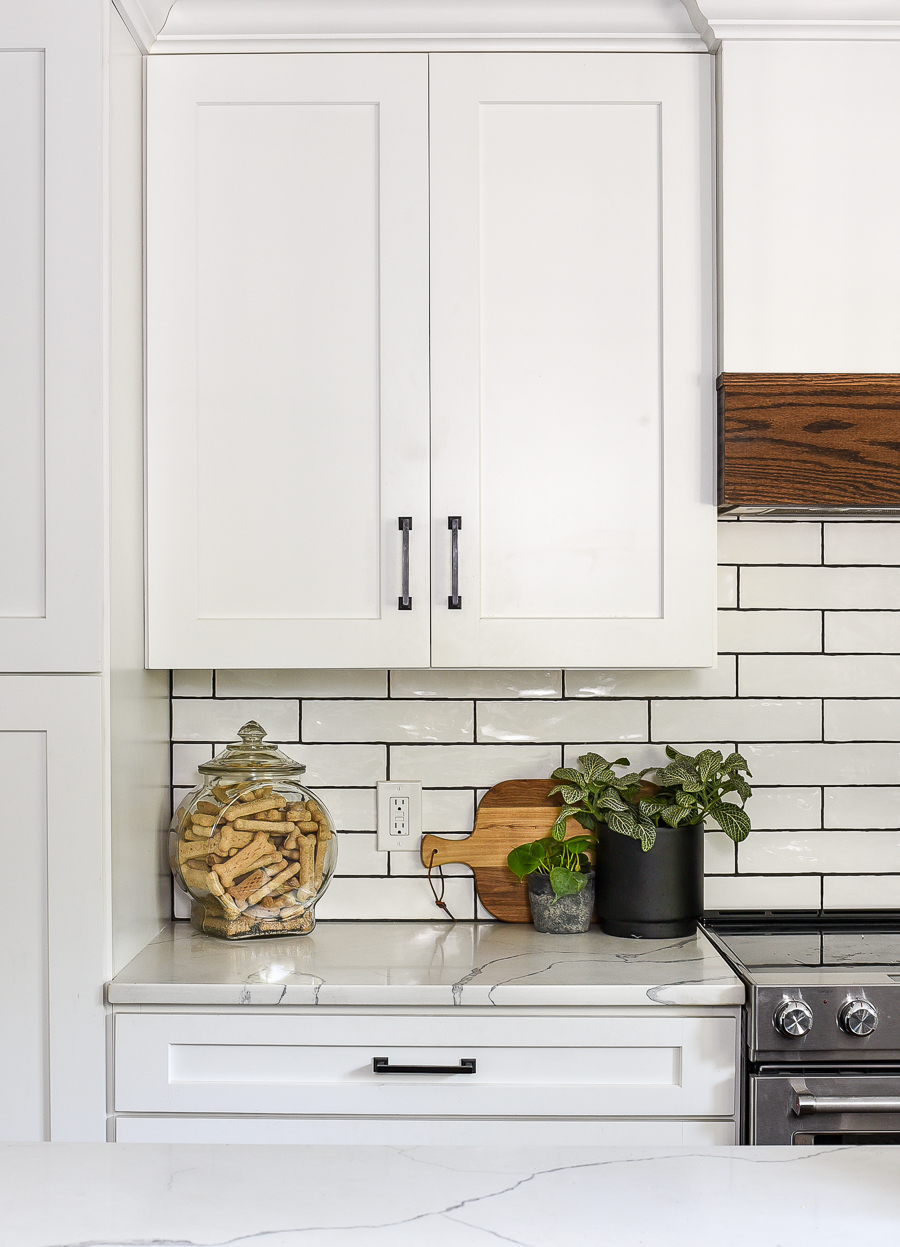
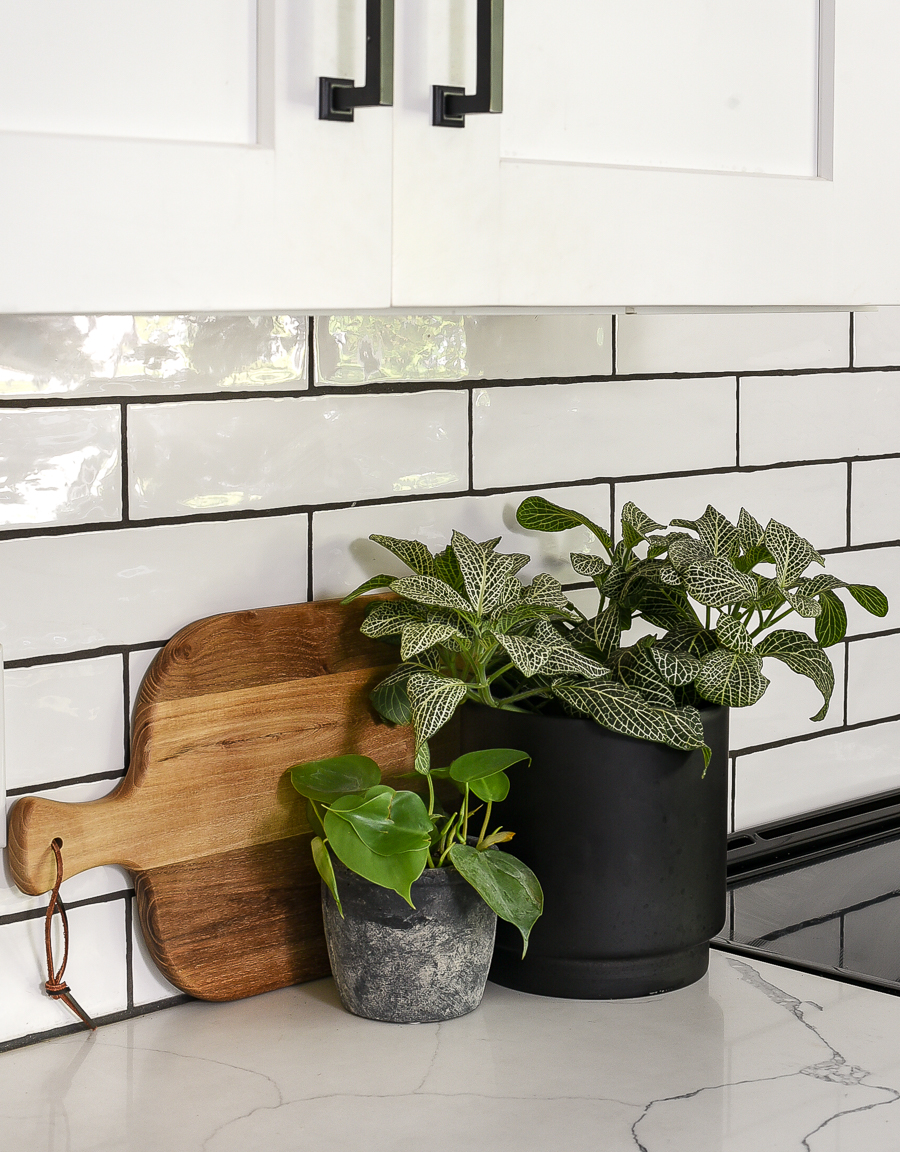

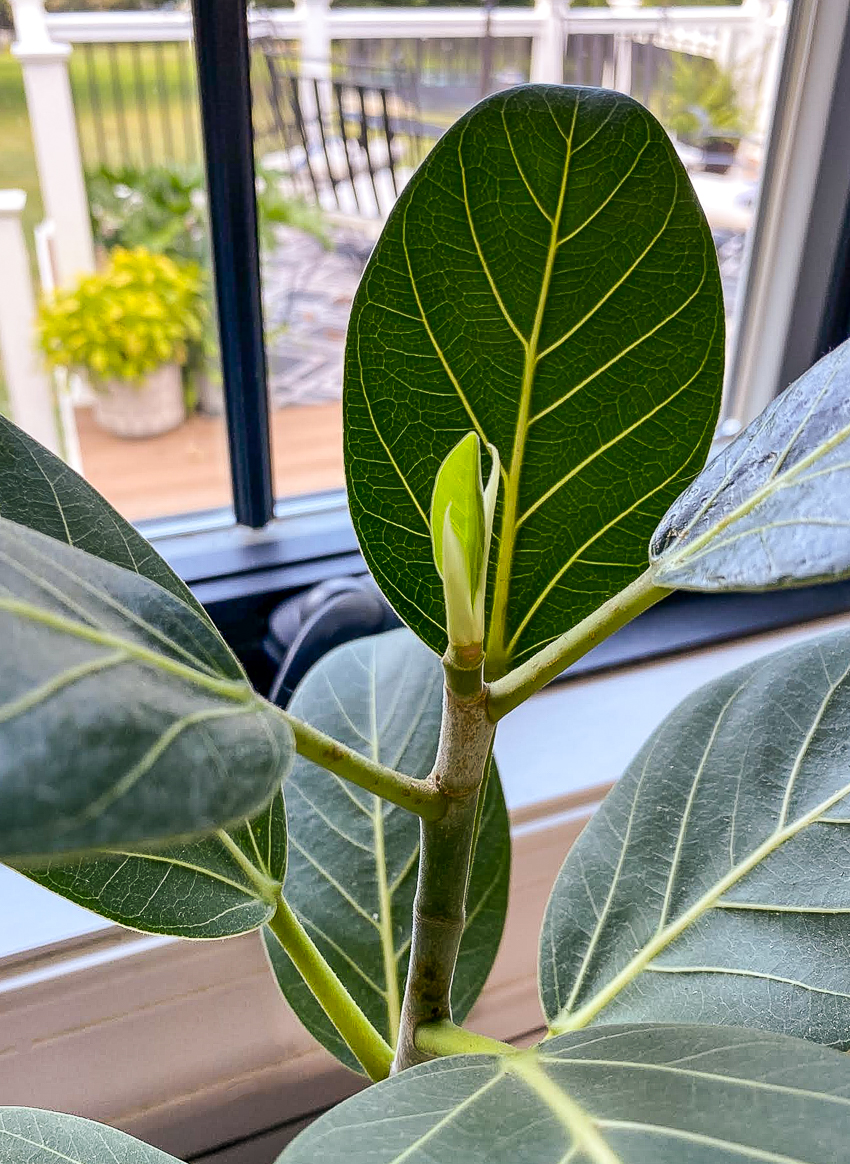

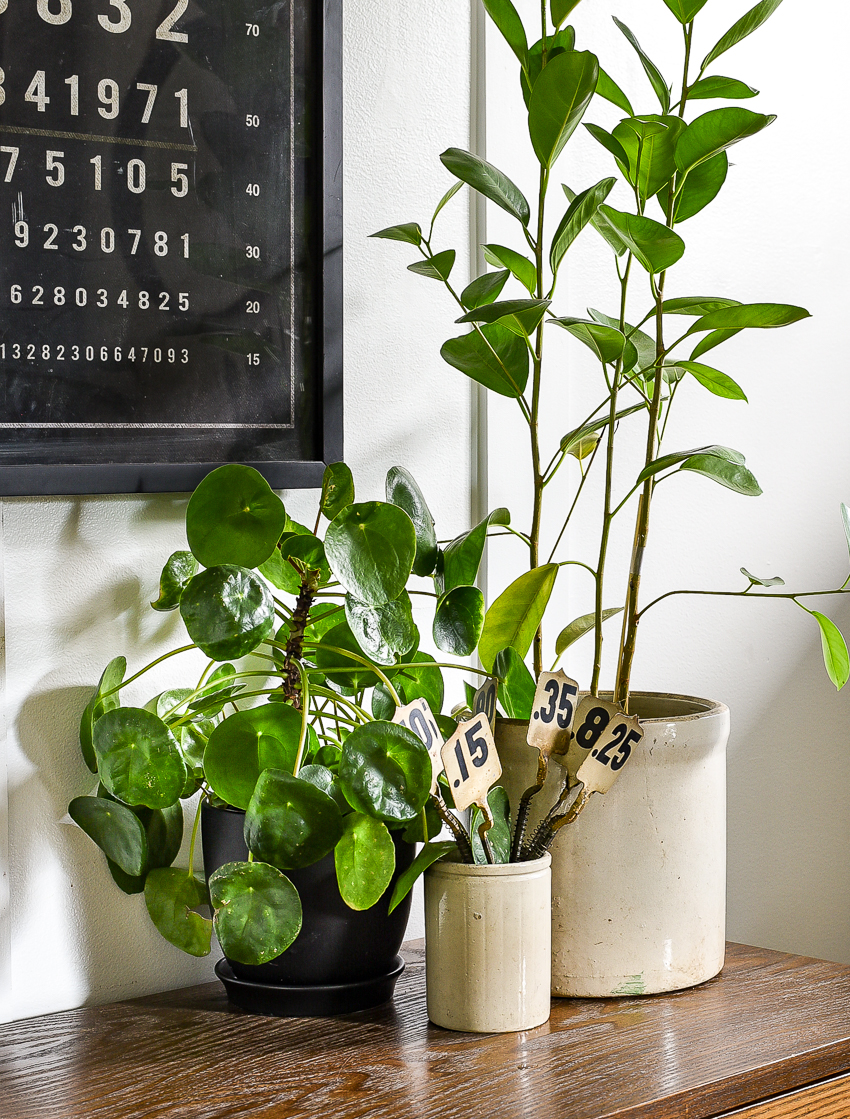



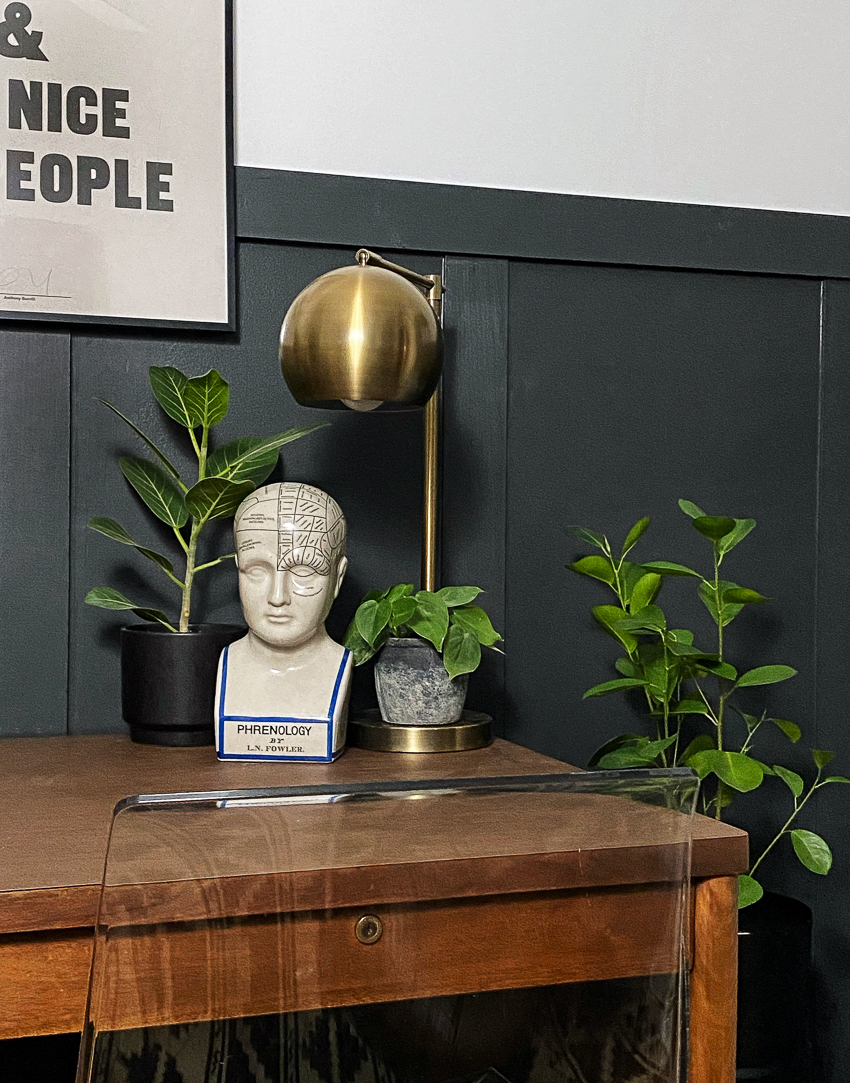

.png)


